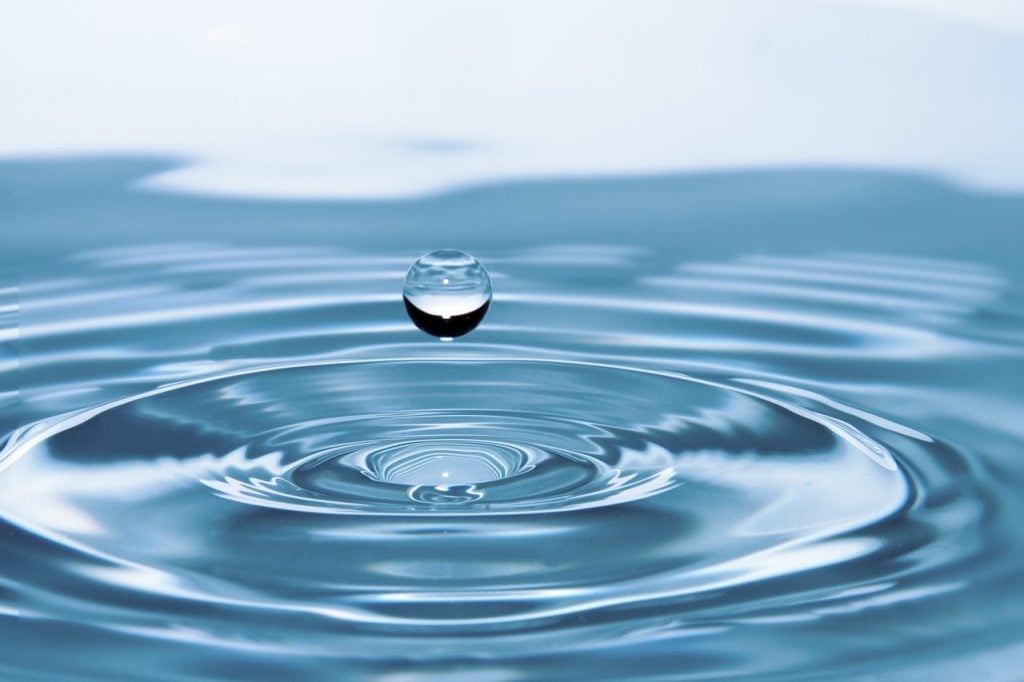Summer is approaching and - especially in this period - it is important that the sportsman pay attention to the correct hydration of the body. But how much water do you really need to consume? To answer this question we must first explain how water is eliminated from our body.
Between 300 and 350ml are consumed by the lungs when we breathe. Up to 1000 ml are instead excreted in the urine. Another 200 ml with the feces. Finally, 500-2000ml is released in the form of sweat. In addition to water, the body is also deprived of mineral salts, in particular potassium, sodium, calcium and magnesium.
Index
Elements that affect our water balance
Various factors combine to determine the volume of lost liquids, including:
- il body weight, the more a person weighs, the greater the production of urine and sweat.
- La genetic component, some sweat more, others less.
- la environmental component, the outside temperature greatly affects the production of sweat.
- il training, a trained person begins to sweat earlier and in greater quantities, compared to an untrained person.
- il physical loadNeedless to say: the more intense the training we undergo, the more we sweat.
The sense of thirst begins to be felt when the body loses about 2% of liquids. If the leak increases up to 4-5%, you will feel a sense of fatigue, headache and irritability. From 6 to 7% the weakness will be very marked, to the point of bringing us to a state of unconsciousness. Values higher than the 10-11% of liquids lost can instead lead to death. This is why it is essential to hydrate yourself regularly.
Tips for proper hydration: before, during and after training
THE ACSM (American College of Sports Medicine) recommends drinking around half a liter of water two hours before starting the workout. During physical activity it is a good idea to drink instead a small amount of water every 15-20 minutes. This, however, without having to become a "clock fanatic". Our feelings take precedence: if we are thirsty we drink. After training it's important to keep on hydrating, though recover lost liquids through sweating and fostering recovery.
It definitely is recommended instead drink too much. The body is not able to eliminate the ingested fluid immediately and the risk of hypernatremia (excess sodium in the blood) can give rise to symptoms such as nausea, cramps, swollen stomach and fingers, headache.
If you liked the article and want to learn more, read also i 5 myths to debunk about hydration

